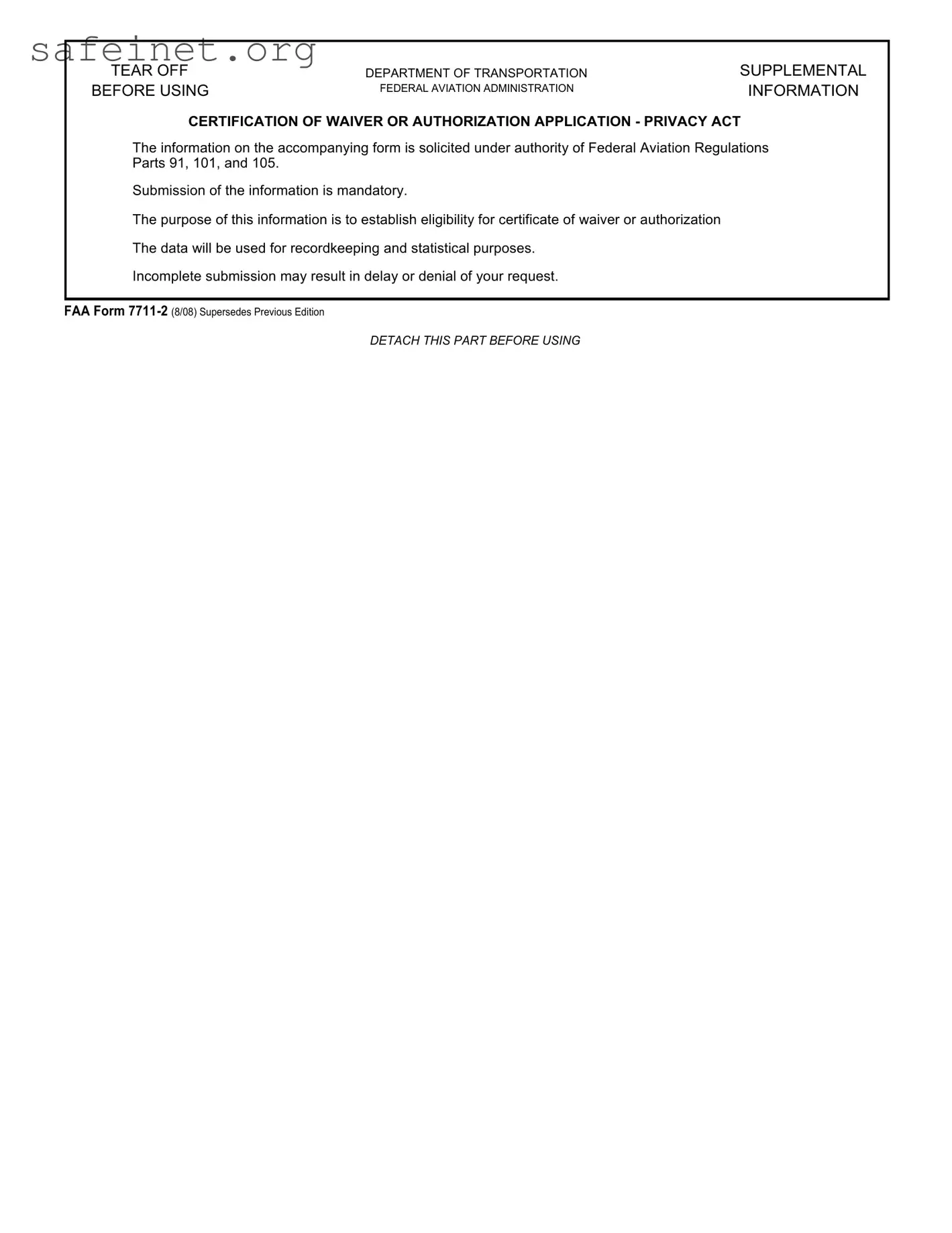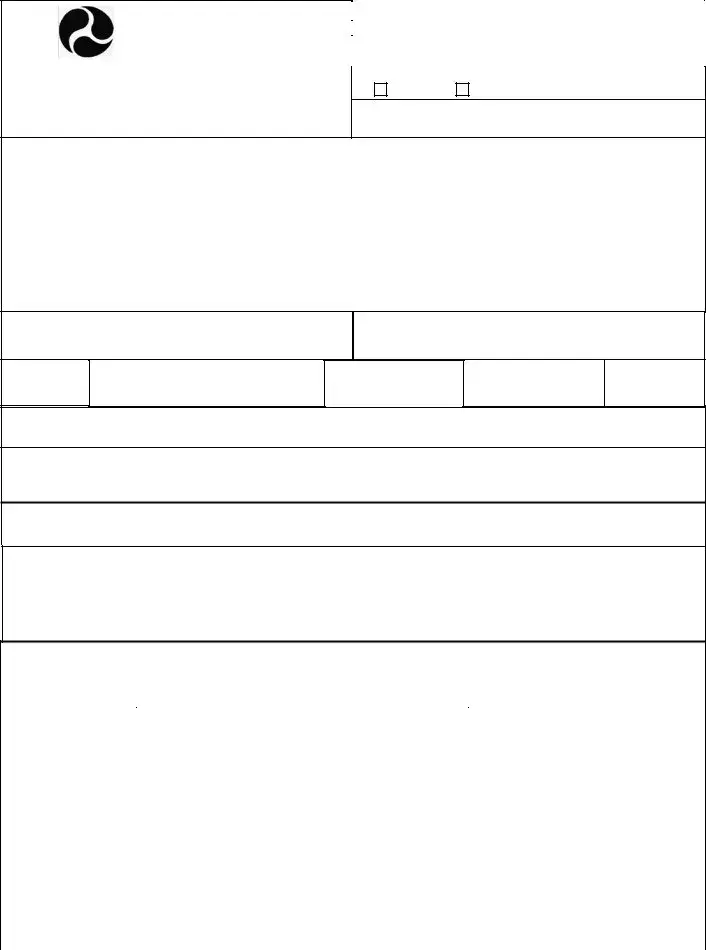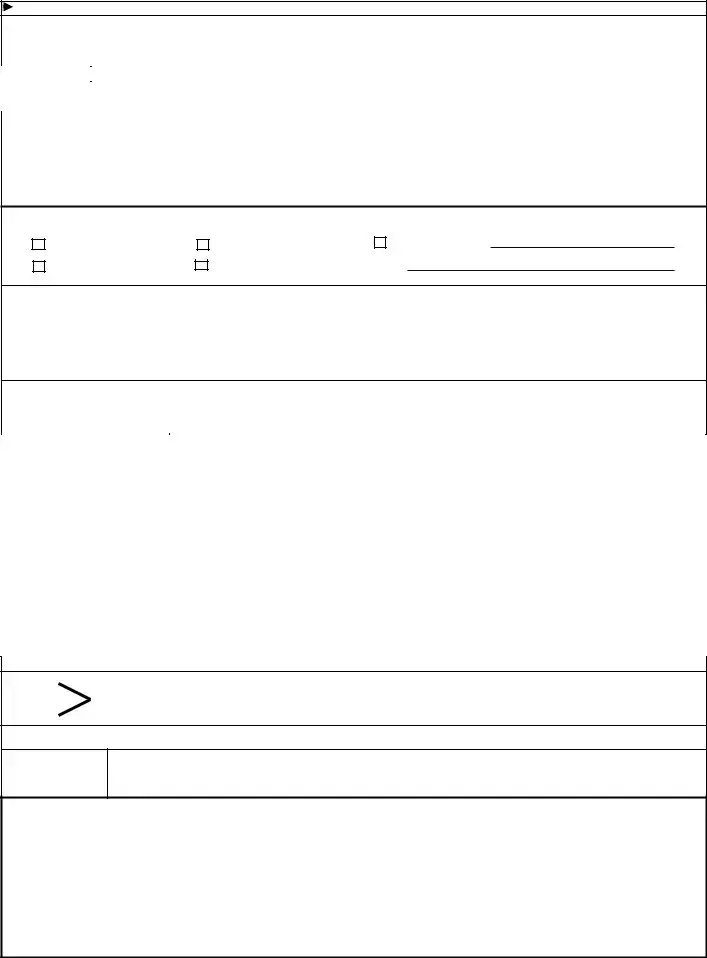What is the FAA Form 7711-2 used for?
The FAA Form 7711-2 is an application for a Certificate of Waiver or Authorization. This form must be submitted to the Federal Aviation Administration (FAA) to establish eligibility for exemptions from specific federal aviation regulations for various events, such as air shows or aviation races.
How do I submit the FAA Form 7711-2?
You must submit the FAA Form 7711-2 in triplicate, meaning you should send three copies of the completed form. This can be done by delivering the application to any FAA Flight Standards district office. Make sure to include all required information and any supplementary materials, such as maps or diagrams, to support your request.
What supporting documents do I need to provide with the form?
Along with the completed FAA Form 7711-2, you need to attach a properly marked 7.5 series Topographic Quadrangle Map published by the U.S. Geological Survey. This map should clearly show scale depictions of flightlines, showlines, race courses, and the locations of essential facilities like police and medical services. Additional photographs and scale diagrams may also be helpful for your application.
When should I submit my application?
Your completed application for a Certificate of Waiver or Authorization must be submitted at least 45 days prior to the event date. This lead time allows the FAA adequate opportunity to review your request and ensure all safety measures are in place.
What information is required on the form?
The form asks for information including your organization’s name, contact details, the nature of the waiver being requested, a detailed description of your proposed operation, as well as specifics about policing and emergency services available at the event. Be thorough in your responses to avoid delays.
What happens if my application is incomplete?
If your submission is incomplete, it may result in delays or even a denial of your request. Therefore, carefully review the form to ensure that all required sections are filled out and all necessary documentation is attached before submission.
Can I apply for multiple waivers at once?
What do I need to know about the certification section of the form?
The certification section is critical as it solidifies your responsibility for the operation described in your request. By signing, you confirm that all statements made on the form are true and acknowledge adherence to the terms outlined in any issued waiver or authorization. Ensure that this section is properly completed for your application to be valid.



